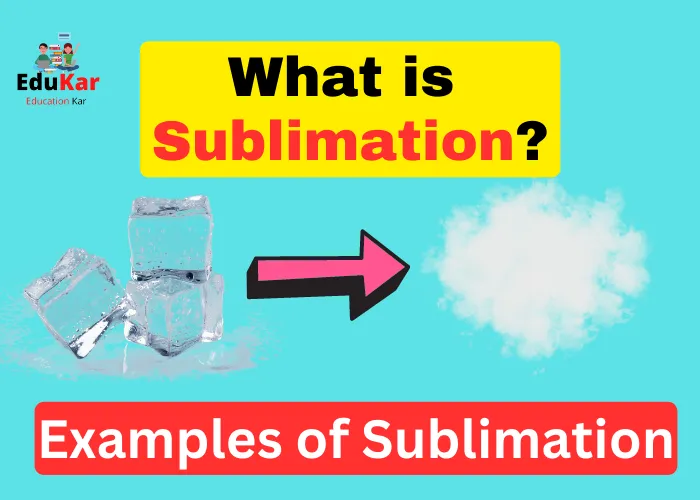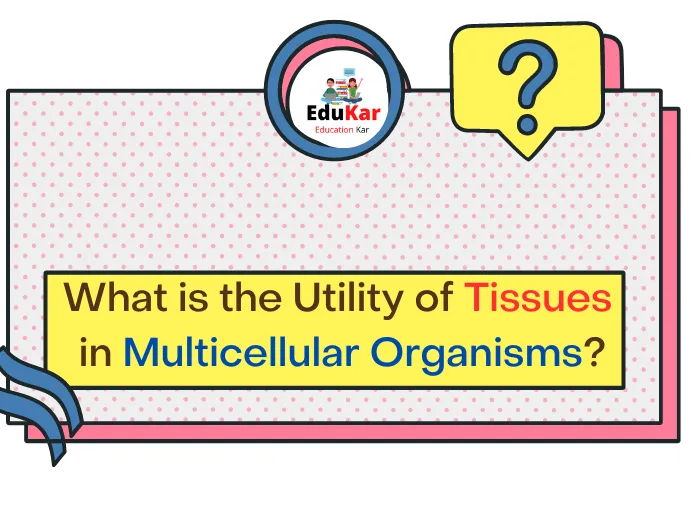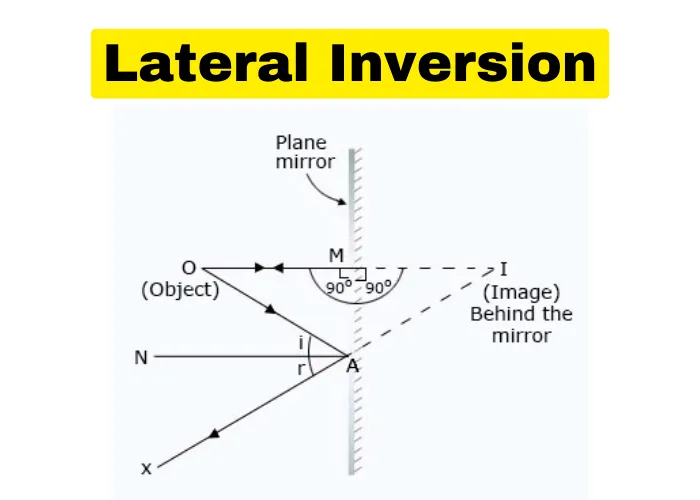Contents
- 1 Factors that Affect Sublimation:
- 2 Uses of Sublimation
- 3 Examples of sublimation
- 4 FAQs
- 4.1 Q1: What is sublimation in Chemistry?
- 4.2 Q2: What is sublimation in Geography?
- 4.3 Q3: What are some examples of sublimation?
- 4.4 Q4: How does sublimation occur?
- 4.5 Q5: Is sublimation a physical or chemical change?
- 4.6 Q6: Can sublimation occur in reverse?
- 4.7 Q7: What is the difference between sublimation and evaporation?
- 4.8 Q8: What is the importance of sublimation in the natural world?

Sublimation is the process by which a solid or liquid substance is converted into a gaseous substance, without going through the liquid or solid state. It is a physical process of conversion that occurs when heat is applied to a substance. In this process, the substance is heated to its melting point and then rapidly cooled, causing a phase change to take place (the melting point is the point at which the solid and liquid phases merge into a single phase body).
Sublimation printers allow for a wide range of different media to be used, such as paper, fabric, metal, and plastic. This process differs from digital printing in that it uses heat and pressure to transfer the ink or dye from the printing plate to the substrate. The print is then fixed in place by heat and pressure from the sublimation process. This process can also be used for promotional items, such as t-shirts and sweatshirts.
Factors that Affect Sublimation:
Sublimation Several factors affect sublimation, including temperature, pressure, purity of the substance, and surface area.
- Higher temperatures and lower pressures favor sublimation.
- The purity of the substance being sublimated is also crucial, as impurities can hinder the process.
- Finally, increasing the surface area of the substance can also increase the rate of sublimation.
Uses of Sublimation
Sublimation has numerous uses in various fields.
- In analytical chemistry, sublimation is often used in chromatography to separate and identify different components of a mixture.
- Sublimation is also used in the production of high-purity materials such as metals, semiconductors, and ceramics in materials science.
- In engineering, sublimation is used in 3D printing and other additive manufacturing processes to create intricate shapes and structures.
Examples of sublimation
Example1: Dry Ice
When dry ice sublimes, it emits a high temperature gas called carbon dioxide gas that is far more dangerous.
Example2: Naphthalene balls
Naphthalene balls are a great alternative to conventional incense sticks. They’re also a great way to get rid of unwanted smells, such as cigar smoke. When you expose the naphthalene to heat, it releases a mixture of chemicals, including benzene, toluene, and xylene, which act as the active ingredients in typical incense sticks.
Example3: Frost formation
Frost formation is the process of clear ice crystals forming in cold, humid air. It has been observed in the process of freezing fog, frost formation caused by the condensation of water vapor in the atmosphere. The process is important in atmospheric chemistry and atmospheric physics.
Example4: Ammonium chloride
When ammonium chloride is heated, it decomposes into elemental chlorine gas and ammonium chloride.
Example5: Iodine
When iodine is heated, it forms a gas that has a strong, unpleasant smell. It is one of a few toxic gases that are flammable. Iodine is a colorless, odorless, and tasteless gas.
Example 6: Dry snow
When snow falls in cold and dry conditions, the water vapor in the air is immediately frozen into ice crystals without melting into liquid first. This process is known as “dry snow” and can result in very light, powdery snow.
Example 7: Freeze-dried food
Freeze-drying is a process that removes moisture from food by sublimating the ice crystals directly into water vapor, leaving the food dry and shelf-stable.
Example 8: Camphor
Camphor is a white, waxy substance that can sublime at room temperature. It is commonly used in religious rituals and as a moth repellent.
FAQs
Q1: What is sublimation in Chemistry?
Ans: In chemistry, sublimation is a process in which a solid changes directly from solid to gas without the liquid phase.
Q2: What is sublimation in Geography?
Ans: In geography, sublimation is the process In geology, sublimation is the process by which ice is transformed directly into water vapour without going through an intermediate liquid phase.
Q3: What are some examples of sublimation?
Ans: Dry ice (solid carbon dioxide), mothballs (naphthalene), and snow (water vapor) are common examples of sublimation.
Q4: How does sublimation occur?
Ans: Sublimation occurs when the pressure of the surrounding atmosphere is lower than the vapor pressure of the substance. This causes the molecules of the substance to escape from the solid state directly into the gas state.
Q5: Is sublimation a physical or chemical change?
Ans: Sublimation is a physical change because the substance retains its chemical composition while transitioning from a solid to a gas.
Q6: Can sublimation occur in reverse?
Ans: Yes, sublimation can occur in reverse. This process is called deposition, where a gas transitions directly to a solid without passing through the liquid state.
Q7: What is the difference between sublimation and evaporation?
Ans: The main difference between sublimation and evaporation is that sublimation occurs when a substance transitions directly from a solid to a gas, while evaporation occurs when a liquid transitions to a gas.
Q8: What is the importance of sublimation in the natural world?
Ans: Sublimation plays a crucial role in the water cycle, where water vapor transitions directly from ice or snow to the gas phase, contributing to cloud formation and precipitation.

![Zoology Important Questions [Class 11th-English medium] Zoology Important Questions class 10 english medium](https://edukar.in/wp-content/uploads/2022/09/Zoology-Important-Questions-class-10-english-medium-1024x597.webp)
![Biology Class 10 Very important [Questions &Answers] Biology Important Questions with Answers class 10](https://edukar.in/wp-content/uploads/2022/09/Biology-Important-Questions-with-Answers-class-10-1024x597.webp)






![Corporate Accounting [Important Questions & Answers with MCQ] Corporate Accounting Important Questions & Answers](https://edukar.in/wp-content/uploads/2022/09/Corporate-Accounting-Important-Questions-Answers-1024x597.webp)
![What Is Colloidal Solution? [Class 9,10,11&12] What Is Colloidal Solution](https://edukar.in/wp-content/uploads/2022/08/What-Is-Colloidal-Solution-1024x597.webp)
![Carbon And Its Compounds Important Questions [Class 10] Carbon And Its Compounds Important Questions Class 10](https://edukar.in/wp-content/uploads/2022/09/Carbon-And-Its-Compounds-Important-Questions-Class-10-1024x597.webp)

![Digital Documentation Class 9 [Questions Answers & MCQ] Digital Documentation Class 9](https://edukar.in/wp-content/uploads/2022/08/Digital-Documentation-Class-9-1024x597.webp)


